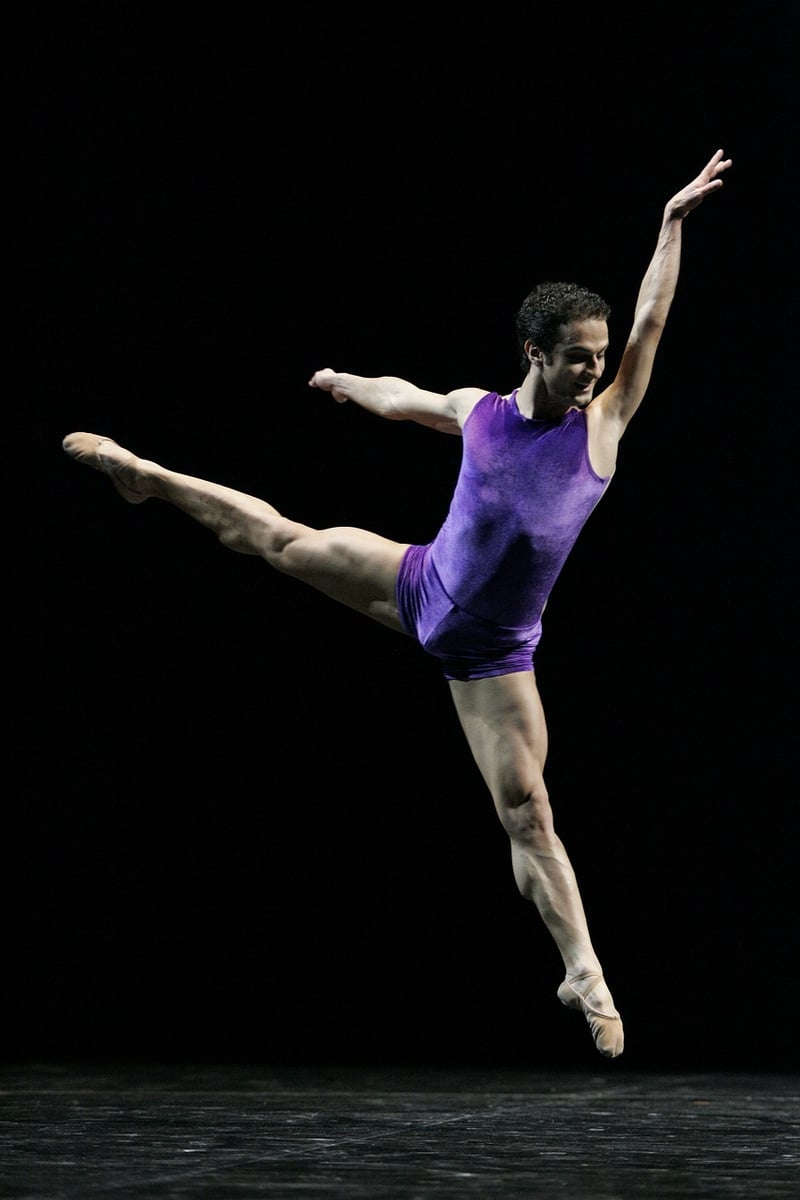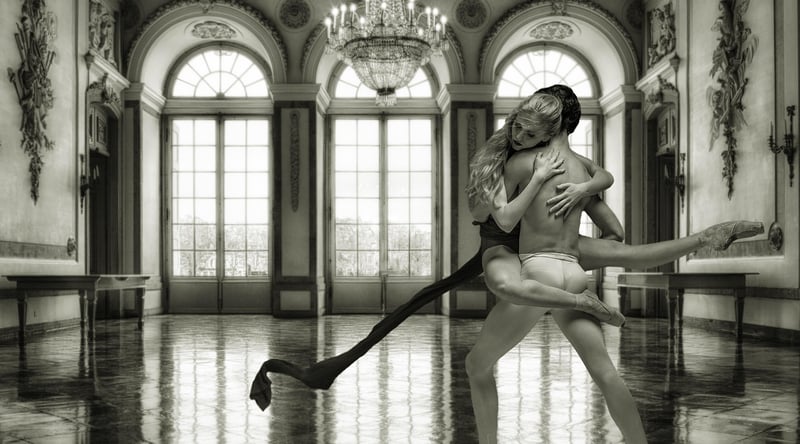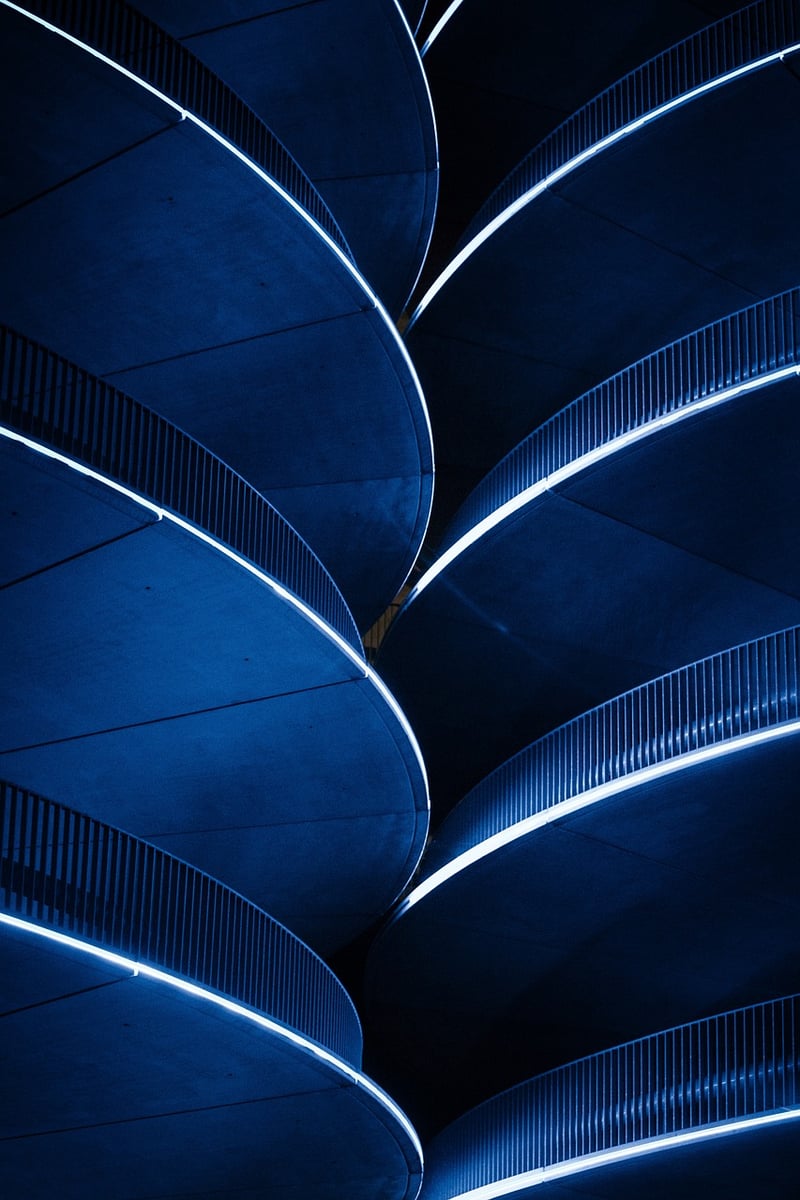Contemporary
The Art of Expressive Movement in Contemporary Dance
Contemporary dance is a dynamic and diverse art form that combines elements of various dance styles, including ballet, jazz, and modern dance. One of the most captivating aspects of contemporary dance is its emphasis on expressive movement, which allows dancers to convey a wide range of emotions and ideas through their movements.
What is Expressive Movement?
Expressive movement in contemporary dance involves using the body to communicate feelings, thoughts, and stories. Dancers often rely on fluid and unconventional movements to express abstract concepts and evoke emotional responses from the audience. This form of dance encourages performers to tap into their creativity and inner emotions to create unique and compelling performances.
Key Elements of Expressive Movement
- Facial Expressions: Dancers use their facial expressions to convey emotions and engage with the audience on a deeper level.
- Body Language: Every movement, from a subtle gesture to a powerful leap, contributes to the overall narrative of the dance piece.
- Use of Space: Contemporary dancers often explore the entire performance space, moving dynamically across the stage to create visually striking compositions.
- Improvisation: Some contemporary dance pieces incorporate elements of improvisation, allowing dancers to express themselves in the moment and respond to the music or other dancers.
Expressive Movement in Performance
When watching a contemporary dance performance that emphasizes expressive movement, audiences can expect to be taken on a journey of emotions and sensations. Dancers may communicate themes of love, loss, joy, or struggle through their movements, inviting viewers to interpret and connect with the piece in their own way.

The Evolution of Contemporary Dance
Expressive movement has been a central component of contemporary dance since its inception in the mid-20th century. Pioneering choreographers such as Martha Graham, Merce Cunningham, and Pina Bausch pushed the boundaries of traditional dance forms and paved the way for a more experimental and emotionally charged style of performance.
Today, contemporary dance continues to evolve, with choreographers and dancers exploring new ways to express themselves through movement. Whether through intricate duets, powerful solos, or immersive group pieces, the art of expressive movement remains a cornerstone of contemporary dance performances around the world.
Experience the Magic of Expressive Movement
If you have the opportunity to attend a contemporary dance performance that highlights expressive movement, don't miss the chance to immerse yourself in this captivating art form. Witnessing dancers express themselves through movement can be a transformative and unforgettable experience that resonates long after the final bow.

Embrace the beauty of expressive movement in contemporary dance and discover the power of dance as a universal language of emotion and creativity.
Let the artistry and passion of contemporary dancers inspire you to see the world in a new light and connect with your own emotions through the transformative power of movement.
